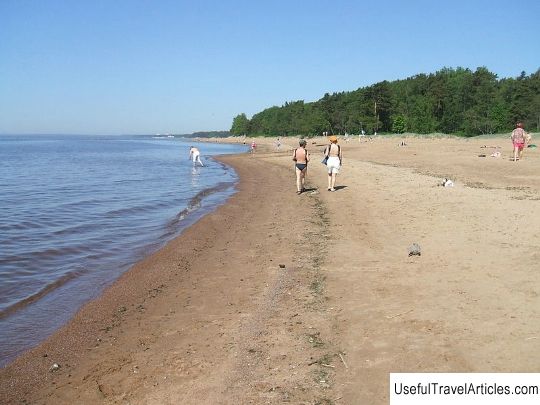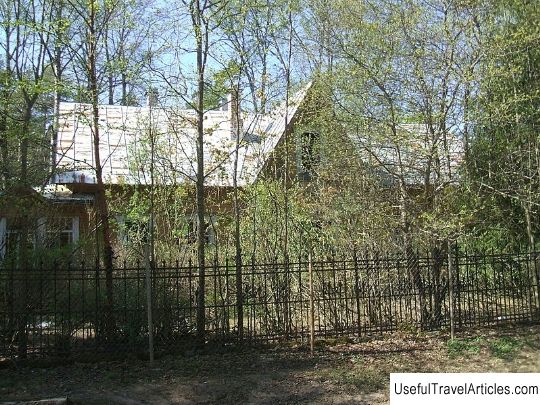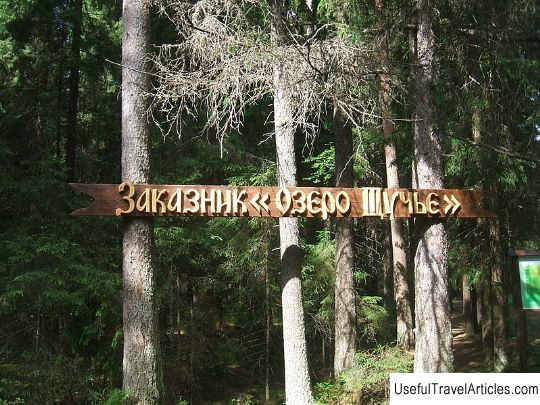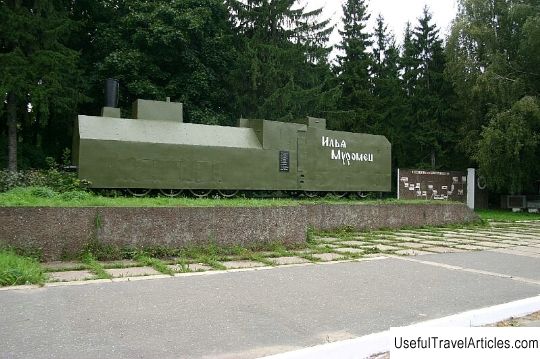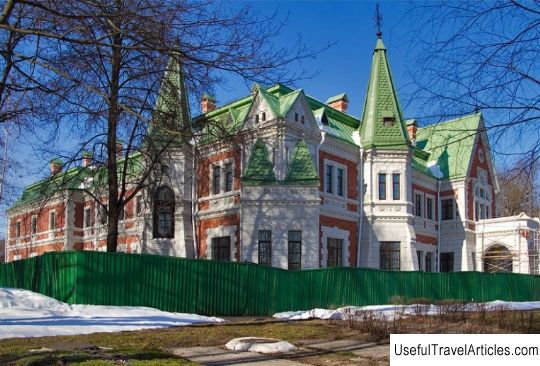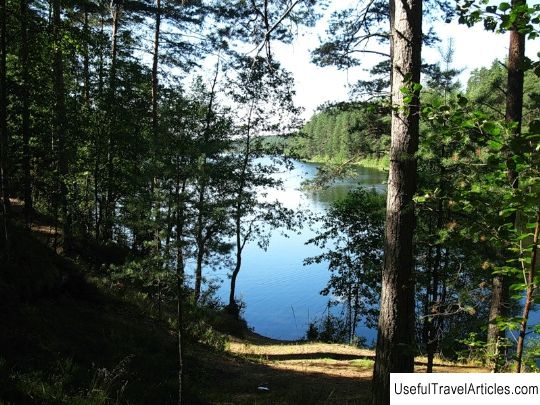Reserve ”Komarovsky Bereg” description and photo - Russia - St. Petersburg: Komarovo
Rating: 8,5/10 (3092 votes) Nature reserve "Komarovsky Bereg" description and photos - Russia - St. Petersburg: Komarovo. Detailed information about the attraction. Description, photos and a map showing the nearest significant objects. Photo and descriptionThe Komarovskiy Bereg nature reserve is a specially protected natural monument. It is located between Sportivnaya and Morskaya streets of the village of Komarovo along Primorskoye Highway, occupying a part of the coastal water area covered with boulders. Along Komarovo the territory of "Komarovsky Bereg" is limited by a high ledge covered with thickets of relict high-stemmed black alder, which grows in such quantities only in this region. Clayy, well-drained soils promote the growth of spruce forests, which also include plants such as mountain ash, birch, pine, aspen, and raspberry. There are also thickets of seaside ranks. The nature reserve "Komarovsky Bereg" is known as one of the few undeveloped areas of the coast of the Gulf of Finland. It was created in 1992. in order to preserve spruce forests and coastal dunes. The natural monument is famous for its anthills. Unique yellow ants live only here. The relief of the “Komarovsky Coast” territory is located within the littorina lower accumulative terrace, which existed 5-10 thousand years ago on the site of the Baltic Sea. The modern litorina terrace is a clearly visible slope with a height of about 30 m. Its lower part is gentle and has a width of about 600 m. The wavy surface is represented by medium and fine-grained sands with boulders located near the water and a boulderless part. The lowered parts of the relief are peaty. The Litorin scarp, which limits the lower terrace - up to 18 m high, reaches absolute heights of about 30 m. Its composition is represented by boulderless lacustrine-glacial sands. At the foot of the slope, there are groundwater outlets (springs). There are many ravines up to 12 m deep and up to 75 m wide. The upper part of the littorina ledge is composed of glacial sands. 150 years ago, this territory was the border of mixed forests and taiga. The land was not cultivated. Swampy poor soils were found everywhere. Since the end of the 19th century. century, the territory began to be actively built up with summer cottages. So the village of Komarovo appeared. There are several dachas in the village that are of cultural value. This is Bormann's dacha, Bormann's mansion. The reserve has a beautiful park with a cascade of artificially created ponds, built in the early 20th century. on the territory of Villa Reno. In 2005, work began on the restoration of the ponds. The landscape of the reserve belongs to the Primorsky landscape region of the southern taiga sub-province of the North-Western region of the Russian Plain. It is characterized by the alternation of sandy terraced plains, ridges with gentle slopes, composed of sandy moraine and coarse-grained sands and hollows with river channels and lakes. The flora of the Komarovsky Coast is represented by 400 species of higher vascular plants. There are 22 species of rare and protected plants, about 100 species of lichens and mosses. The territory is covered with deciduous and coniferous forests. Pine, maple, spruce, birch, aspen, alder, bird cherry, black alder grow here, river gravilat, fragrant violet, weekly plant, hare cabbage, common oxalis, minik, oak and lanceolate stellate, lily of the valley, sedge, a huge number of marsh plants and shrubs. The fauna is represented by amphibians: frog, newt, lizard, toad, snakes; 150 species of birds with different modes of seasonal stay; mammals of the order of bats, predators, rodents, lagomorphs, various types of insects. The reserve includes the Villa Reno park, which is a monument of cultural and historical heritage with a federal level of protection.        We also recommend reading Tavira Island (Ilha de Tavira) description and photos - Portugal: Tavira Topic: Reserve ”Komarovsky Bereg” description and photo - Russia - St. Petersburg: Komarovo. |
